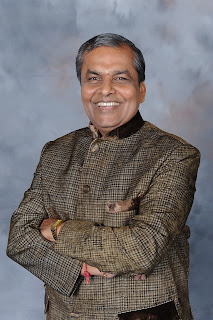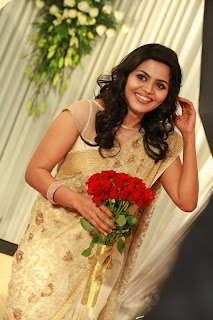A.K.
Hangal, one of Bollywood’s enduring character actors, who died recently, had an interesting life and career
By
Shevlin Sebastian
In
May 2006, while working in Mumbai I had the opportunity to meet the
veteran actor A.K. Hangal. He lived in a small apartment in the
suburb of Santa Cruz. The most striking aspect was that he looked and
spoke exactly like the characters in his films. At that time he was
89 but Hangal was mentally sharp and smiled all the time. A legendary
character actor in Bollywood, Hangal, who acted in over 200 films,
died on Sunday in Mumbai.
Hangal
was in the news then because he had just been awarded the Padma
Bhushan. But he found it difficult to believe that he had won it.
“Unlike most people, I had not lobbied for
the award,” he said. “In fact, I never expected to get it. What made me really happy was when I heard that it was a
unanimous decision of the jury.”
Hangal
was born in Peshawar, spent time in Karachi, where he was a freedom
fighter, and moved to Mumbai after the 1947 Partition riots with only
Rs 20 in his pocket. Years of struggle ensued. A Leftist, he was a
member of the Indian People’s Theatre Association, and did stage
plays for several years. But in 1966, Hangal became an actor in
Bollywood and embarked on a 46-year career in the industry.
Asked
the secret of good acting, Hangal said, “If you want to be an
excellent actor, you have to be a person with good qualities. I also
worked hard to look natural on screen. I did an in-depth analysis of
the character I was portraying. I studied the person's background,
economic position, and the community to which he belonged.
Another way to have a deeper understanding of human beings is to move
around in society.”
Not
surprisingly, he was disappointed about the direction Bollywood was
taking. “Society changes, and that is reflected in the films,” he
said. “Now, there is a different kind of acting.”
And
he elaborated on this. “When I acted, I talked from the soul of the
character,” said Hangal. “Today, many actors speak with their
muscles (he breaks out into laughter). It is more about physique than
heart. Society has become superficial. People only want money. It is
the world of consumerism. Very few people read or discuss philosophy
or ponder about the deeper aspects of life.”
During
the period of the interview, the media was focusing on Amitabh
Bachchan who had been hospitalised due to an intestinal surgery at
Lilavati Hospital. A stream of prominent Bollywood personalities came
to meet the acting icon. However, at the same time, the legendary
music director O.P. Nayyar was being treated in the same hospital,
but nobody went to see him.
Asked
why this happened, Hangal said, “Nayyar has become irrelevant. So
nobody is interested. It happens in every profession, so why single
out the film industry? This is human nature.”
Unfortunately,
Hangal suffered the same fate as Nayyar, because no well-known
Bollywood personality attended his funeral.
Hangal
led an eventful life, but encountered painful obstacles. He fell foul
of the Shiv Sena when he attended the Independence day celebrations
of Pakistan in Mumbai in 1993. “Bal Thackeray [Shiv Sena supremo]
gave the order to boycott my films,” said Hangal. “He said that I
should not be given any assignments and the theatres where my films
were shown came under attack by the Sena goons. At midnight, I would
get threatening calls on the phone. I remained jobless for two years.
My wife died, my son’s wife died. I was in hospital. I was having
financial problems and went through a difficult time. Thackeray forgot that I
once worked alongside his father in Samyuktha Maharashtra Samiti [an
organisation that demanded a separate Marathi-speaking state in the
1950s]. I was a freedom fighter before he was born. I am not against
anybody. So, why should he be against me?”
And,
typically, Bollywood refused to come out in Hangal’s defence. But
the veteran did not get upset about it. “People were afraid of
Thackeray,” said Hangal. “That's life.”
The
thespian broke out into a broad grin when asked about the meaning of
the word, 'Hangal'. “Hangal means stag (a deer),” he said. “I
belong to a Kashmiri Pandit family.”
(The New Indian Express, Kochi)

















